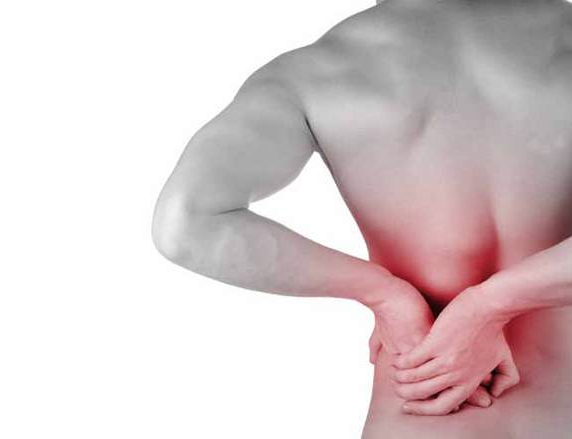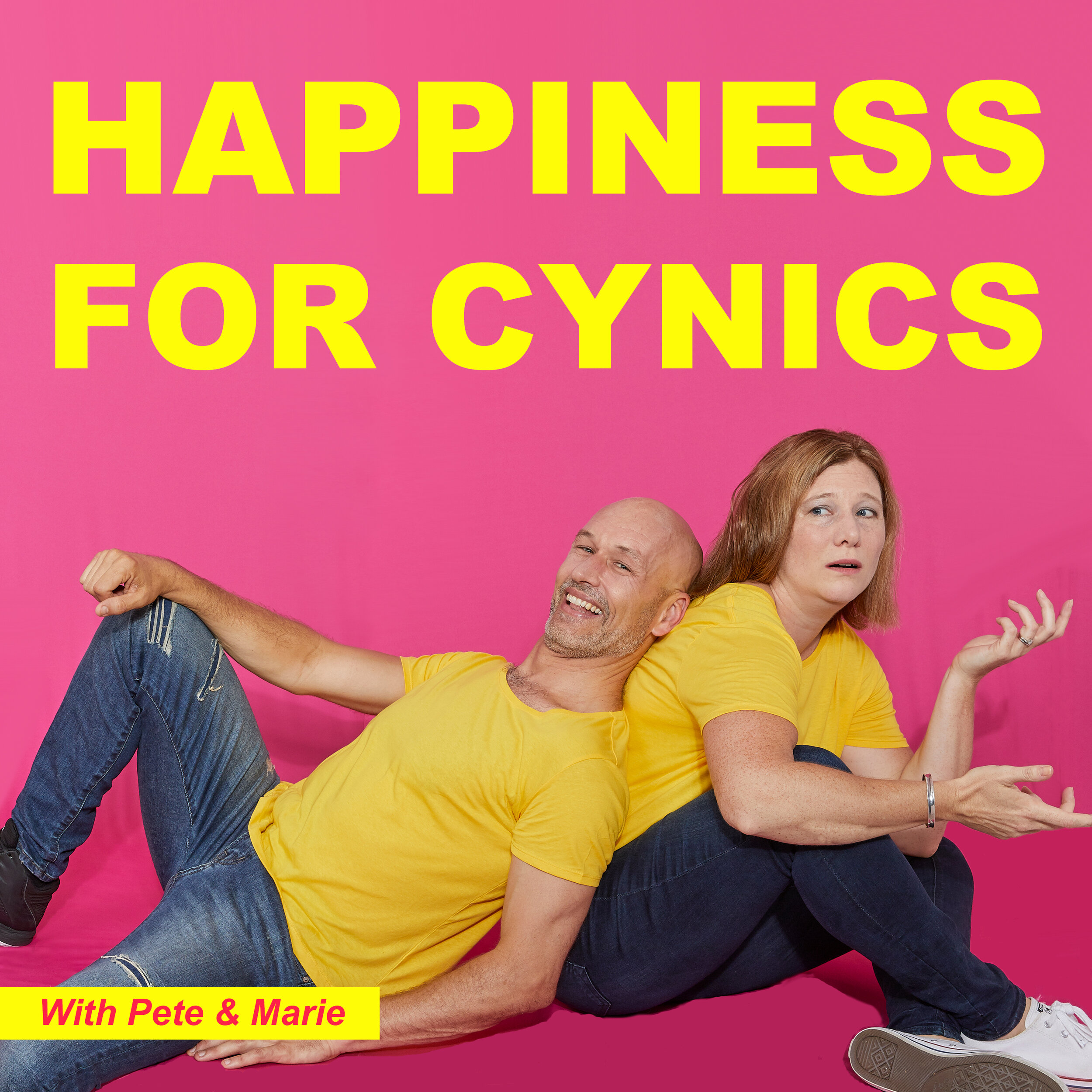The hangover is over, the parties are done and now it is the time to move into the reasonably slow return to form and work that is January. Now is the time that resolutions are adhered to with religious zeal. Its easy to get up in the mornings and don the workout gear, the running shoes and jog off into the early morning glare. With warm mornings and some people still away on break, there's so much less distraction. Make use of that and set the habits now so you don't get distracted later on when its March.
Often a transition from couch potato to active individual is brought about by an upheaval. Again, a sufficient lever to promote you into action as opposed to sitting back and being 'reactionary'. This can be a threat of ill health (such as a doctor's dressing down of your lifestyle), a failed attempt at a 20km hike or a sudden realisation that you are under and below a level of health/fitness that you thought you were. Seizing on these 'opportunities' are a great way to propel you forward into your new habit forming action. Seizing that moment and beginning 'now' rather than later creates urgency which results in you being more likely to follow the momentum you are creating.
I find many people become more complacent about exercise and routine in winter, with dark nights when you leave work, rainy weekends preventing you from getting outside, there are too many reasons to say 'oh I just won't even bother today'. We all do it. It becomes even more important during this time to ensure you allow yourself the time to invest in some regular exercise.
Personality is a major driver of this conundrum. When looking at recovery from an injury, one of the main aspects to take into account is 'personality'. Are you an active recovery person, or are you happy to take the path of least resistance when it comes to re-engaging in physical activity. Both aspects can be your own worst nightmare if you are are not careful to appraise where you are seated in the 'injury recovery' spectrum.
Good functional movement has to come from a secure base. A solid platform creates a stable base from which to propel movement – IN ANY DIRECTION. We have talked about this in relation to shoulders and also in ankles, so it is that we come to the basic platform for much of the movement of the trunk – THE CORE. Some may argue that the platform for movement of the trunk comes from the pelvis or the ribcage. This is true. But in terms of movement, a strong core is a defining factor in any movement of the body and in particular the limbs. The core activation helps to stablise both the ribs and the pelvis.
Everyone knows I am a Functional Fitness Fanatic. However, isolation exercises do have their place. And in the spirit of being willing to have my opinions challenged and changed, I am learning to embrace my isolation exercises...
Ice has always been the 'go to' of acute and immediate management practice for soft tissues injuries. But recent debate in sporting practice arenas has been questioning our loyal and consistent approach to this long held belief, stating that instead of managing the injury, we are instead preventing natural healing...
A recent visit to a gym in Berlin had me inspired by the age and ability of some of the occupants. Sometimes its not about pushing the boundaries of workouts, but just taking part and going using what is available. Here my views on machine based exercise is challenged and I am provided with a great example of why machines can actually work in a gym!



